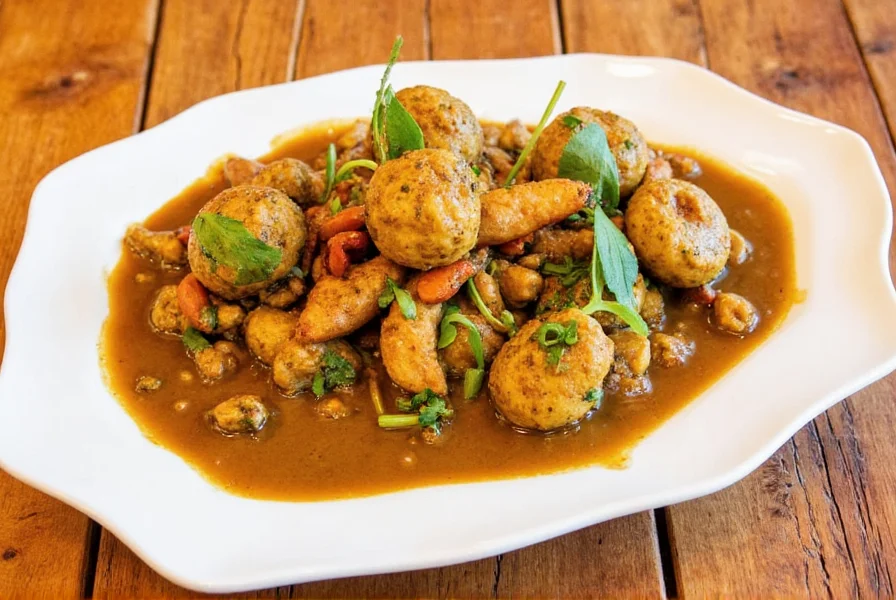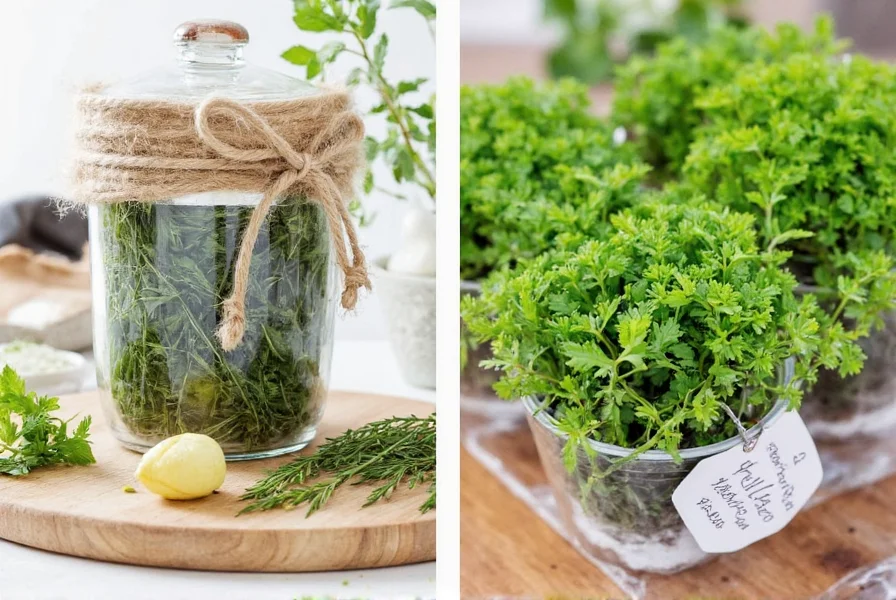Spice Up Your Plate: 7 Global African Dishes That Will Ignite Your Taste Buds!
If you're a spice lover or just curious about global cuisine, African dishes offer an explosion of flavor that’s both bold and beautiful. From North to South, East to West — each region brings its own signature spices and culinary traditions that have been passed down through generations. Whether you're a professional chef or a home cook with a passion for exotic flavors, this article will take you on a flavorful journey across the African continent.
Table of Contents
- Introduction to African Spices
- Top 7 African Dishes You Must Try
- Spice Comparison Table
- Cooking Tips for Authentic Flavors
- Buying Guide: Must-Have Spices for African Cooking
- Conclusion
Introduction to African Spices
Africa is not one culture but a vibrant tapestry of diverse nations, each with its own unique approach to flavor. The spice profiles can range from earthy and warm in the North to fiery and citrusy in the West. Here are some of the most iconic spices used across the continent:
- Berber: A Moroccan blend featuring chili peppers, garlic, ginger, cumin, coriander, and cinnamon.
- Peri-Peri: A hot sauce made from bird's eye chili peppers, commonly used in East and Southern Africa.
- Suya Spice: Nigerian mix with ground peanuts, chili, ginger, and paprika used for skewered grilled meat.
- Kruger Spice Blend: South African mix often used in stews and game meats.
Top 7 African Dishes You Must Try
Ready to travel without leaving your kitchen? Let’s dive into the top 7 African dishes that every spice enthusiast should know (and taste!).
1. Tagine (Morocco)
Moroccan tagine is slow-cooked magic served in a cone-shaped clay pot. It combines tender meat or vegetables with dried fruits, olives, saffron, and a medley of warm spices like cinnamon, turmeric, and paprika.
2. Jollof Rice (West Africa)
Known as the holy grail of West African cuisine, Jollof Rice varies slightly by country (Nigeria, Ghana, Senegal), but it always packs a punch with tomatoes, scotch bonnet chilies, and spices like curry powder and thyme.

3. Injera with Doro Wat (Ethiopia)
Ethiopian food is all about communal dining! Injera, a spongy sourdough flatbread made from teff flour, serves as the base for Doro Wat — a spicy chicken stew cooked with berbere, garlic, ginger, and hard-boiled eggs.
4. Suya (Nigeria)
This Nigerian street food favorite features skewers of spiced meat (usually beef or chicken) grilled over open flames. Coated in a rich suya spice mix, it’s smoky, spicy, and utterly addictive.
5. Bobotie (South Africa)
A fusion dish with Malay influence, bobotie is spiced minced meat baked under a custard topping. Cumin, turmeric, and bay leaves add depth, while chutney is often served on the side.
6. Pilau (Kenya/Tanzania)
Kenyan pilau rice is fragrant and packed with layers of flavor — cloves, cardamom, cinnamon, and black pepper infuse the rice with warmth. Often served during special occasions, it pairs beautifully with meat or kachumbari salad.
7. Maafe (Senegal/Mali)
A peanut-based stew popular in West Africa, maafe uses a tomato base and includes ingredients like carrots, eggplant, and okra. Its mild heat comes from cayenne and paprika, with a creamy texture from peanut butter.
Spice Comparison Table
| Spice | Main Ingredients | Flavor Profile | Best For |
|---|---|---|---|
| Berber | Chili, garlic, ginger, cumin, coriander, cinnamon | Earthy, spicy, aromatic | Moroccan tagines, lamb, couscous |
| Peri-Peri | Bird’s eye chili, lemon, garlic, oregano | Fiery, zesty, herbal | Grilled meats, sauces, marinades |
| Suya Spice | Ground peanuts, chili, ginger, paprika | Smoky, nutty, spicy | Skewered meats, roasted veggies |
| Kruger Blend | Cumin, coriander, fennel, mustard seed | Earthy, warm, slightly sweet | Game meats, braises, soups |
Cooking Tips for Authentic Flavors
Want to nail that authentic African flavor at home? Here are some practical tips to help you spice up your African cooking game:
- Dry Toast Spices First: To unlock maximum flavor, toast whole spices like cumin seeds or coriander before grinding them.
- Use Fresh Chilies: For dishes like suya or peri-peri, fresh chilies provide a more vibrant heat than dried ones.
- Layer Flavors: Start with aromatics (onions, garlic, ginger), then build with spices, and finish with herbs or citrus zest.
- Slow Cooking = Better Flavor: Many African dishes benefit from long, slow simmering, allowing spices to fully develop.
- Balance Sweet and Heat: Don’t be afraid to use natural sweeteners like dates, raisins, or honey to balance out spicy dishes like tagine.

Buying Guide: Must-Have Spices for African Cooking
Whether you're starting your spice rack or expanding it, here are the must-have products to recreate authentic African dishes at home. We’ve broken them down by feature, target audience, and best use cases.
1. Berber Spice Blend
- Features: Pre-mixed blend containing garlic, cumin, coriander, cinnamon, and chili.
- Advantages: Saves time and offers consistent flavor; perfect for beginners.
- Target Audience: Home cooks, North African enthusiasts, beginner chefs.
- Best Use Case: Seasoning for lamb, couscous, or vegetable tagines.
2. Peri-Peri Sauce
- Features: Fiery sauce made from crushed bird’s eye chilies, vinegar, and garlic.
- Advantages: Versatile condiment; great for dipping or marinating.
- Target Audience: Spice lovers, grill masters, adventurous eaters.
- Best Use Case: Grilled chicken, seafood, or drizzled over fries.
3. Suya Spice Mix
- Features: Smoky, spicy blend with ground peanuts, paprika, and ginger.
- Advantages: Adds authenticity to grilled dishes with minimal effort.
- Target Audience: Skewer lovers, Nigerian food fans, party hosts.
- Best Use Case: Beef or chicken skewers, roasted veggies, or popcorn seasoning.

4. Kruger Game Rub
- Features: Earthy blend of cumin, coriander, mustard, and fennel seeds.
- Advantages: Great for wild game meats and hearty stews.
- Target Audience: Hunters, outdoor cooks, South African food lovers.
- Best Use Case: Venison, ostrich, or lentil-based vegan stews.
5. Ras El Hanout
- Features: Complex Moroccan blend with over 20 spices including turmeric, clove, and allspice.
- Advantages: Deepens flavor profile in slow-cooked dishes.
- Target Audience: Advanced home chefs, spice collectors, foodies.
- Best Use Case: Lamb shank, couscous, or chickpea curries.
Conclusion
African dishes are a celebration of culture, community, and incredible flavor. Whether you’re making a cozy tagine on a rainy day or firing up the grill for suya night with friends, these recipes and spices will transport your taste buds to another world. Remember, spices aren't just about heat — they're about storytelling, tradition, and joy. So go ahead, grab your spices, and let your kitchen smell like a bustling market in Marrakech or Lagos. Happy cooking!










 浙公网安备
33010002000092号
浙公网安备
33010002000092号 浙B2-20120091-4
浙B2-20120091-4